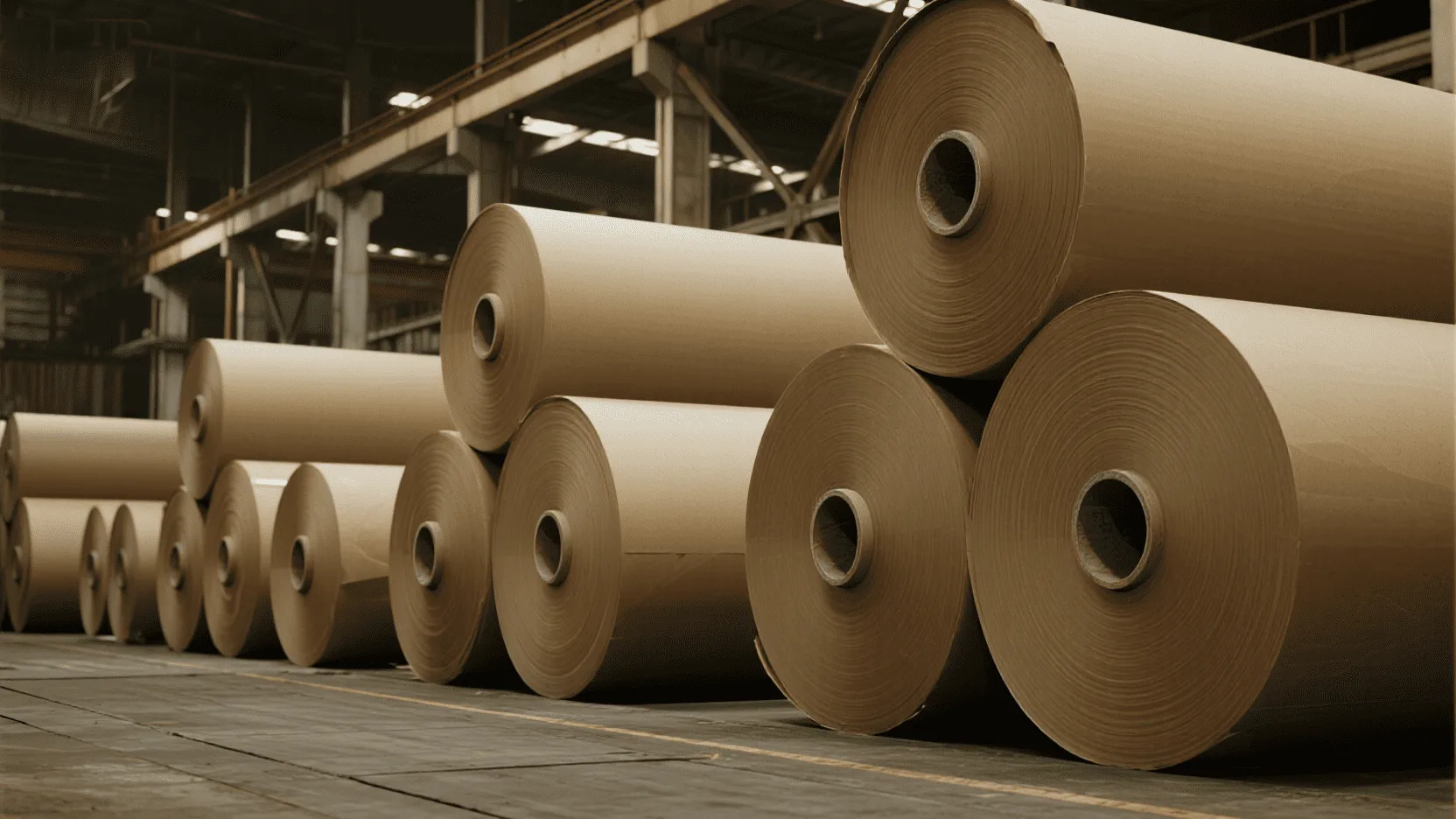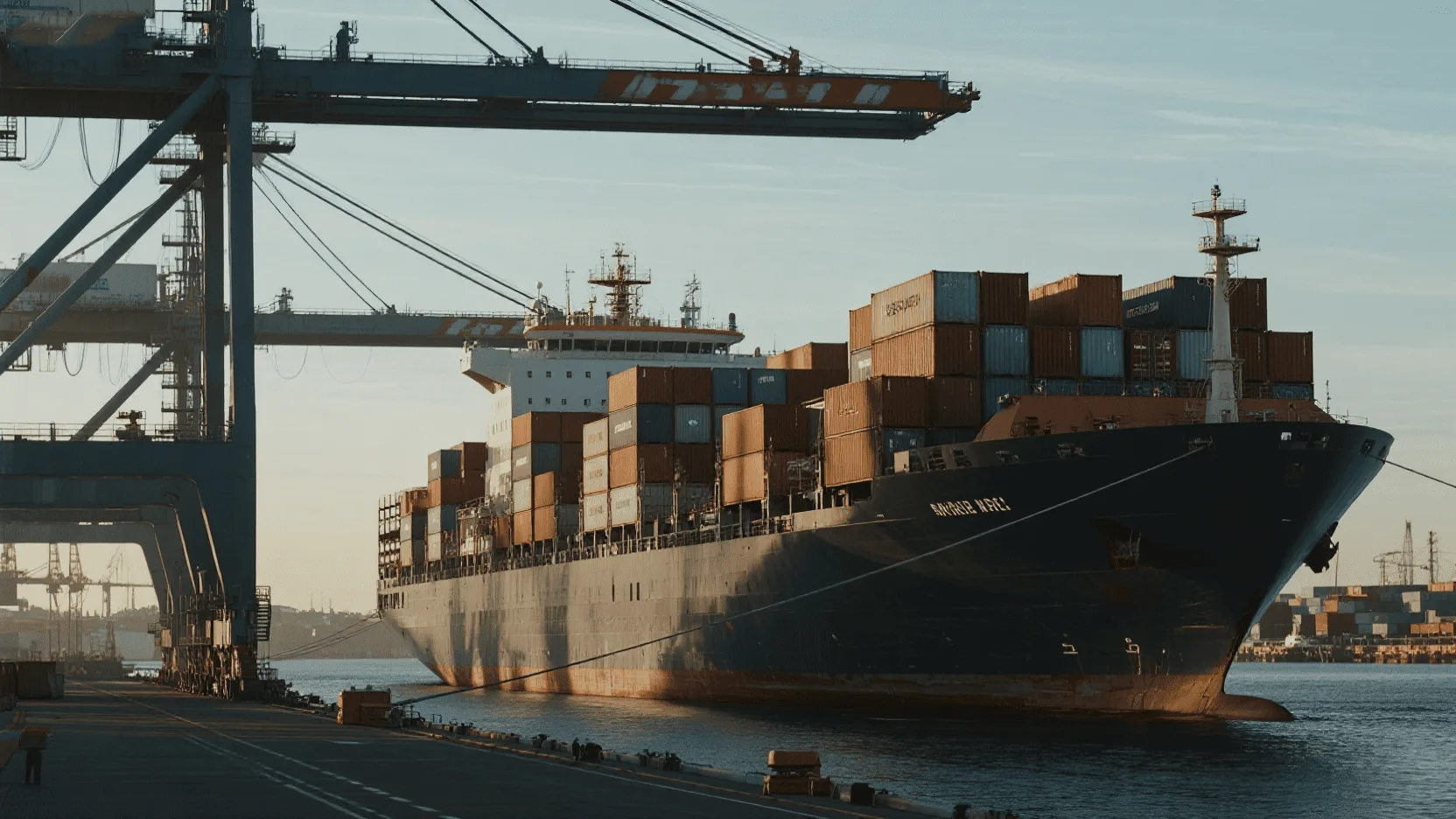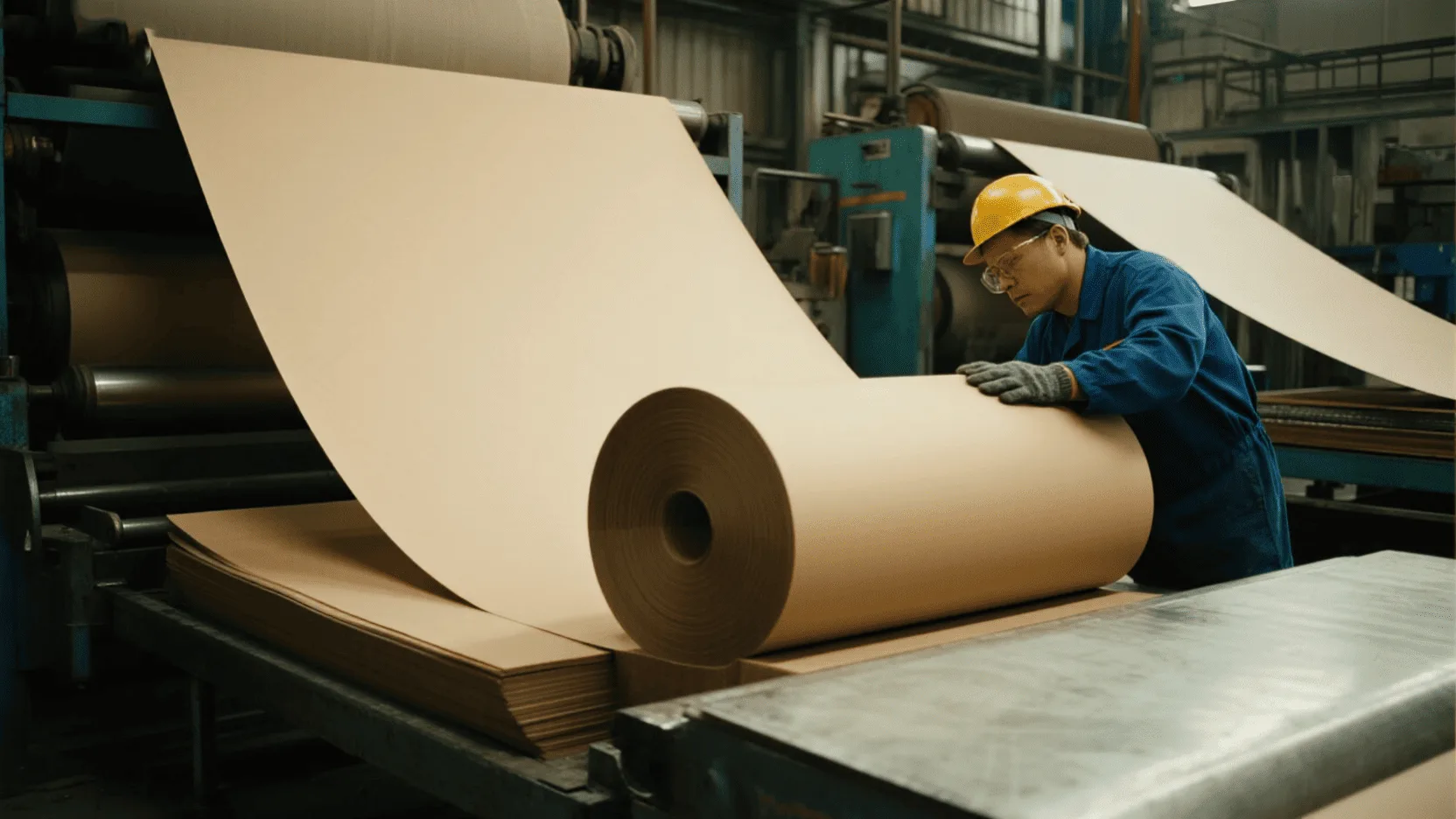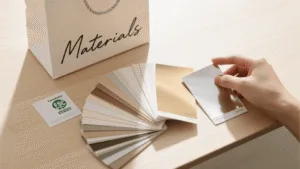You’ve found a great price on bulk kraft gift wrap, but the delivery is late. When it finally arrives, the color is inconsistent, and the paper tears with the slightest pull, ruining your products and your reputation.
The biggest supply chain risks in bulk kraft gift wrap purchasing are raw material price volatility and logistics delays. Key quality metrics to monitor are Grams per Square Meter (GSM) for weight, tear resistance for durability, and shade consistency for branding.

I remember a few years ago, a fast-growing e-commerce brand came to us in a panic. They had placed a massive order for custom-printed kraft wrap from another supplier for the holiday season. The shipment was delayed for six weeks due to unforeseen port congestion. When it finally arrived, half the rolls were a noticeably different shade of brown than what they had approved. They were stuck with thousands of units of unusable paper right before their busiest time of year. That experience taught me that in bulk purchasing, the price per roll is only a tiny part of the story; managing risk is everything.
What Are the Biggest Supply Chain Risks When Ordering Kraft Paper in Bulk?
Your production line is waiting, but your paper shipment is stuck in transit. Raw material costs are suddenly spiking, threatening your budget. These supply chain disruptions can halt your business and destroy your profit margins.
The primary supply chain risks are raw material volatility, which causes unpredictable price increases, and logistical disruptions that lead to major shipping delays. A third key risk is inconsistent supplier reliability, which can compromise both delivery timelines and product quality.

Navigating the global supply chain for paper products requires a proactive approach. It’s not just about placing an order and waiting for it to arrive. You have to understand the forces that can impact your purchase, especially when buying in bulk. These risks can be broken down into three main areas.
Understanding the Key Risk Factors
First, raw material volatility is a major factor. The price of wood pulp, the primary ingredient in kraft paper, can fluctuate significantly due to global demand, environmental regulations, and even weather events affecting timber harvests. A sudden price surge can happen between when you get a quote and when you place an order. Second, logistics and shipping delays are more common than ever. Port congestion, container shortages, and geopolitical events can add weeks or months to your lead time. A reliable supplier needs a strong logistics partner to navigate these challenges. Finally, supplier reliability is crucial. Does your supplier have a diversified sourcing strategy for their pulp? Are they certified by bodies like the Forest Stewardship Council (FSC), ensuring responsible sourcing? A supplier without these fundamentals is a risk to your business. We hold both FSC and BSCI certifications because they are not just logos; they are proof of a stable and ethical supply chain.
Which Key Quality Metrics Should You Never Overlook for Kraft Paper?
The gift wrap you ordered tears when you fold it around a sharp corner. The color varies from roll to roll, making your branding look unprofessional. These quality failures directly impact your customer’s unboxing experience and your brand’s image.
You must always verify the paper’s Grams per Square Meter (GSM), tear resistance (Elmendorf test), and color consistency. These three metrics directly determine the paper’s durability, feel, and visual appeal, ensuring it performs as expected for gift wrapping.

When evaluating kraft paper, especially for a premium application like gift wrapping paper, you need to look beyond the surface. Several technical specifications, or quality metrics, will define how the paper performs. Ignoring these can lead to a product that looks good on the roll but fails in practice. A few years back, a client wanted the "lightest possible" paper to save on shipping costs. We produced samples at 60 GSM, but during testing, we found it tore too easily on box corners. We recommended an 80 GSM paper instead. The slight increase in weight was minimal in terms of shipping cost, but it dramatically improved the wrapping experience, preventing customer frustration.
Essential Quality Metrics for Kraft Gift Wrap
| Quality Metric | What It Measures | Why It’s Crucial for Gift Wrap |
|---|---|---|
| GSM (Grams per Square Meter) | The weight and thickness of the paper. | Determines the paper’s feel and durability. Too low, and it tears easily; too high, and it’s difficult to fold cleanly. 70-90 GSM is a common range. |
| Tear Resistance | The paper’s ability to resist tearing after an initial cut. | Essential for wrapping products with sharp edges or corners. Prevents accidental rips during the wrapping process. |
| Tensile Strength | The force required to pull the paper apart. | Indicates the overall durability of the paper and its ability to withstand handling and shipping without breaking. |
| Color Consistency (Shade) | The uniformity of the paper’s color across a single roll and between different batches. | Critical for brand identity. Inconsistent shades of brown or white can make packaging look cheap and unprofessional. |
How Can You Ensure Consistent Quality and a Reliable Supply Chain?
You’re worried that your next bulk order will have the same quality issues as the last one. You feel powerless against supplier excuses and shipping delays. Proactively managing your sourcing process is the only way to gain control.
Ensure consistency by demanding pre-production samples for approval, thoroughly vetting supplier certifications like FSC and BSCI, and establishing a detailed Quality Agreement that specifies all metrics, including acceptable tolerance levels, before signing a contract.

The best way to mitigate risks is to build a transparent and robust partnership with your packaging supplier. This isn’t about finding the cheapest option; it’s about finding the most reliable one. A good partner will work with you to ensure there are no surprises. This process involves several critical steps that should never be skipped, no matter how urgent the order is.
A Framework for Reliable Sourcing
First, always insist on pre-production samples. This isn’t just a swatch; it should be a full-sized, printed sample made from the exact paper stock intended for the final run. You need to approve the paper’s weight, color, and print quality before thousands of units are made. Second, vet your supplier’s certifications. Ask for their FSC or BSCI audit reports. These documents prove they adhere to global standards for sustainable sourcing and ethical labor practices, which are often indicators of a well-run, reliable operation. Finally, create a master Quality Agreement. This document should list every single specification: GSM, tear resistance values, color references (using a Pantone color code, for example), and the acceptable percentage of defects. Putting everything in writing protects both you and the supplier, creating a clear standard that everyone agrees to. When clients contact us for a large project, this is one of the first things we establish.
Conclusion
Bulk purchasing kraft gift wrap offers great value, but it comes with risks. By focusing on supply chain vulnerabilities like raw material costs and logistics, and by rigorously monitoring key quality metrics like GSM and tear strength, you can protect your brand, budget, and timeline.
Ready to build a more reliable packaging supply chain? Explore our custom gift packaging solutions and see how we can help you source with confidence.
FAQ
What is a good GSM for kraft gift wrap?
For most gift wrapping applications, a GSM between 70 and 90 is ideal. This range offers a great balance of durability to resist tearing while remaining flexible enough to fold crisply around corners. Lighter paper (around 60 GSM) can be used for void fill but may tear as a wrap.
How can I verify a supplier’s FSC certification?
You can verify an FSC certification by asking the supplier for their certificate code (e.g., FSC-CXXXXXX) and looking it up on the official FSC public search database (info.fsc.org). This ensures their certification is current and valid for the products they are selling.
What is the quality difference between virgin and recycled kraft paper?
Virgin kraft paper, made from new wood pulp, generally has longer fibers, giving it higher tensile strength and tear resistance. Recycled kraft paper is more environmentally friendly but may have shorter fibers, resulting in slightly lower strength. However, high-quality recycled kraft is more than suitable for most gift wrap applications.






